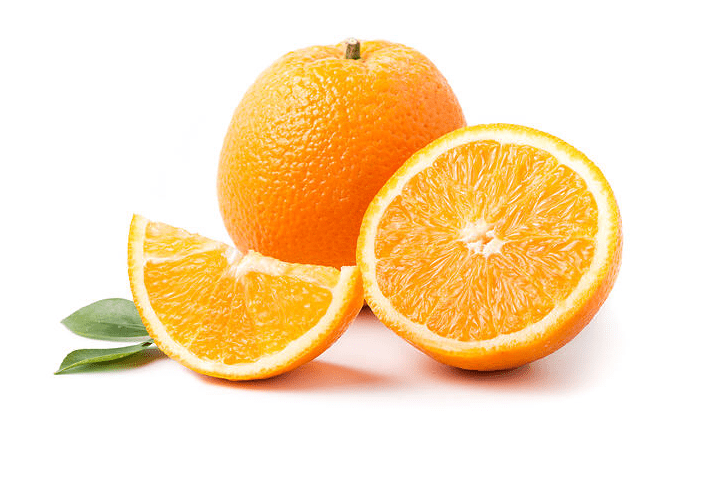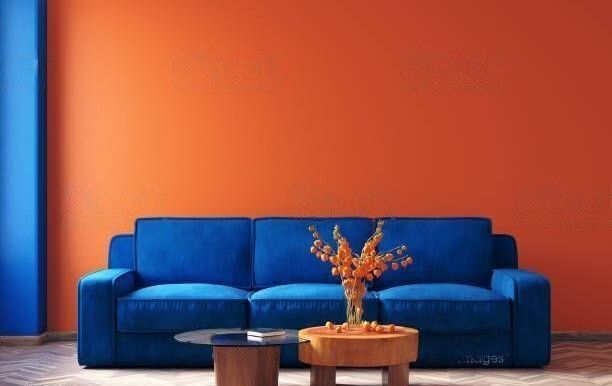What are the most significant contrasts between interior and exterior paint??
When people decorate the outside and inside of their abodes with paint, they are usually unaware of the different roles they each play. Consequently, they may ask, “What makes interior and exterior paint different?” Exterior paint is formulated to tolerate the elements, while also repelling mildew, discoloration, and chipping..
Basics of Interior and Exterior Paint
Interior and exterior paints have four basic components: solvents, pigments, resin, and additives.
- Solvents: Oil and water-based solvents make up paint bases. A water-based paint works equally well on the interior and exterior of a home. There is a difference between oil-based paints and water-based paints.
- Pigments: These play an important role by giving paint their color. Materials sourced for pigments come from plants, minerals, animals, or synthetic production.
- Resin: Paint requires resin in the form of epoxy, silicone, or acrylic. Resin provides strength for exterior paints to withstand outdoor elements.
- Additives: Enhance the paint’s appearance and performance. In addition to making paint more durable, waterproof, or UV-resistant, additives offer special characteristics.
Differences Between Interior and Exterior Paint
Now that you understand the basics of paint, let’s look at how these two types differ.
The adhesive power of paint depends on the type of binder resin used. Acrylic resin is the most reliable and long-lasting option for exterior painting, whereas interior paints usually contain epoxy or silicone resin..
Organic pigments are used in interior paints, and these do not contain any harsh chemicals. There is no emission of hazardous smells from these paints, creating a safer indoor area. On the other hand, exterior paints use chemical substances and non-organic pigments to ward off fading.
Interior paints, not needing to be robust, have fewer additives than exterior paints which possess certain additives to stop flaking, splitting, and fracturing. In addition, mildewcides are employed in exterior paints to guard them from mildew, mold, and algae.
4. Durability
Exterior paint that is resistant to the elements can bear up to extended periods of mistreatment. It is unlikely to flake off when exposed to twigs, insects, or debris. It is often sturdier than interior paint..
Paints for interiors and exteriors are scratch-resistant. Paint applied to interior walls can be scuffed, dented, scratched, and scrubbed hard. The overall scratch resistance of exterior paint is higher than that of interior paint, however. https://paintsutra.com/exterior-painting













